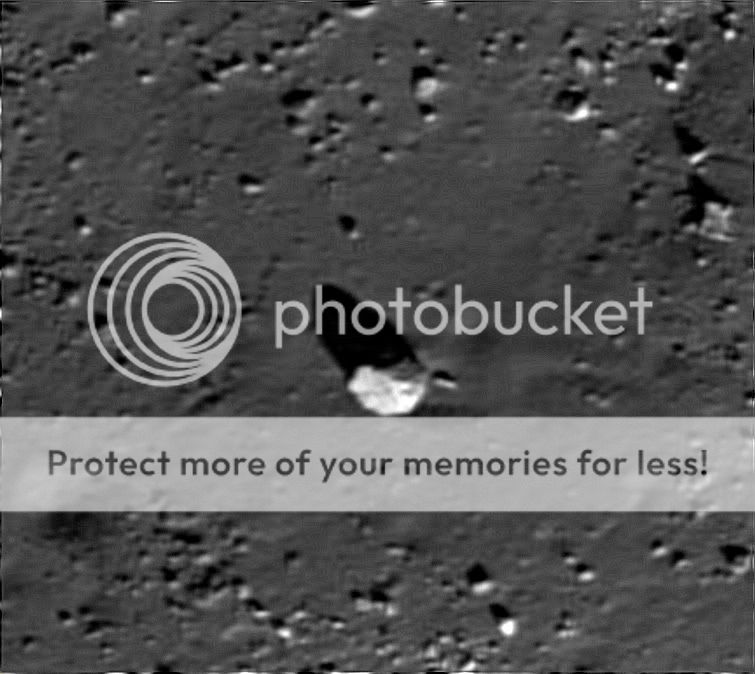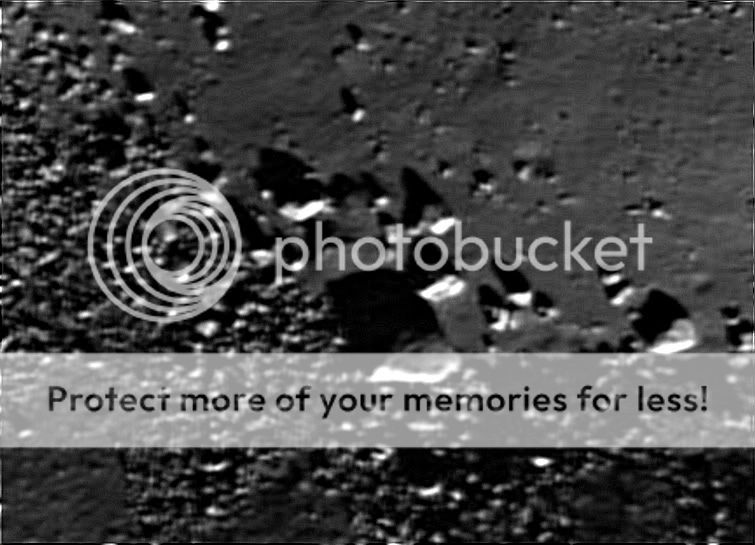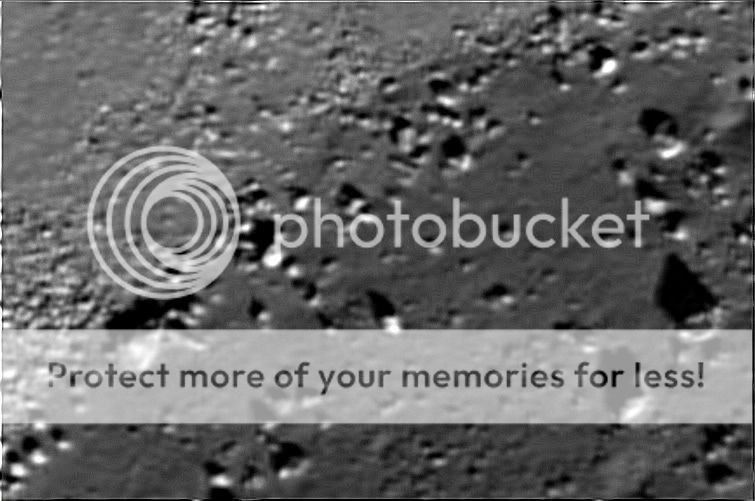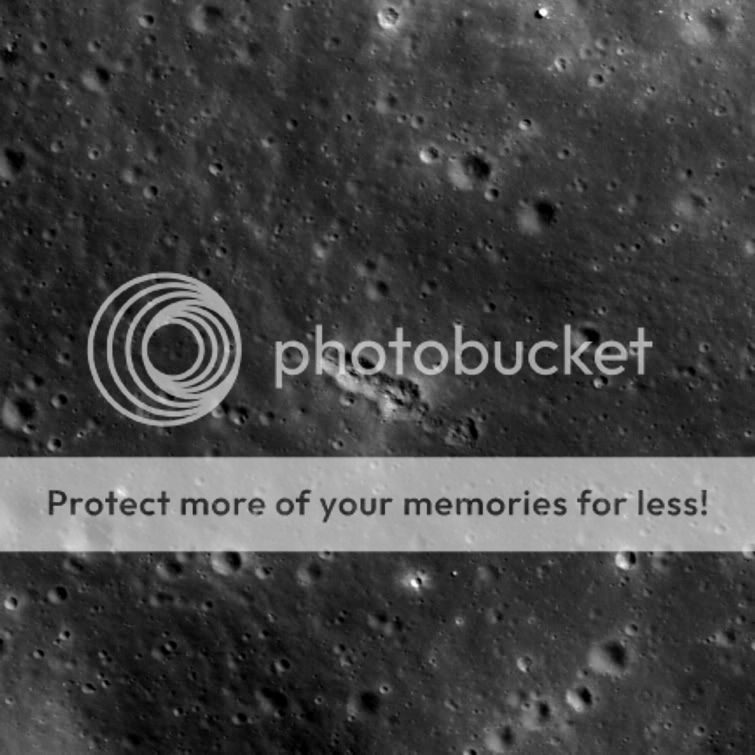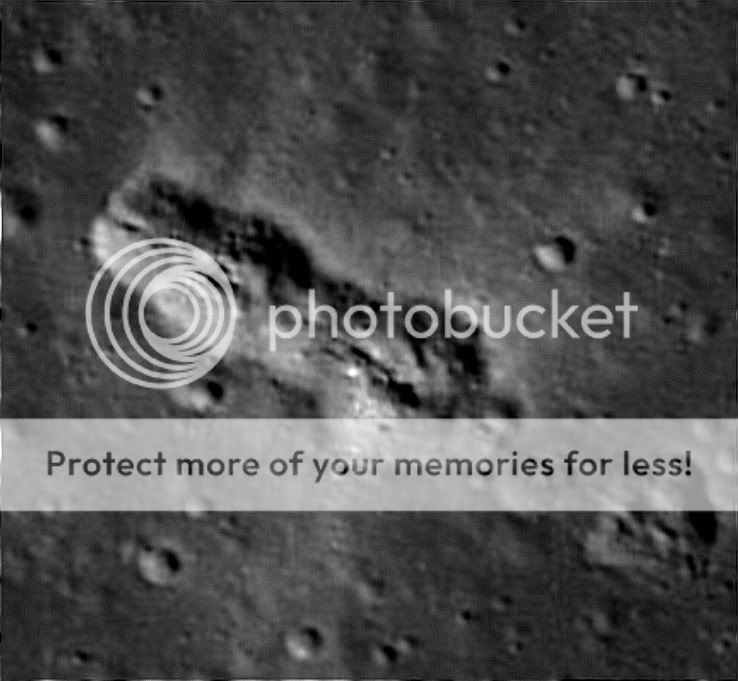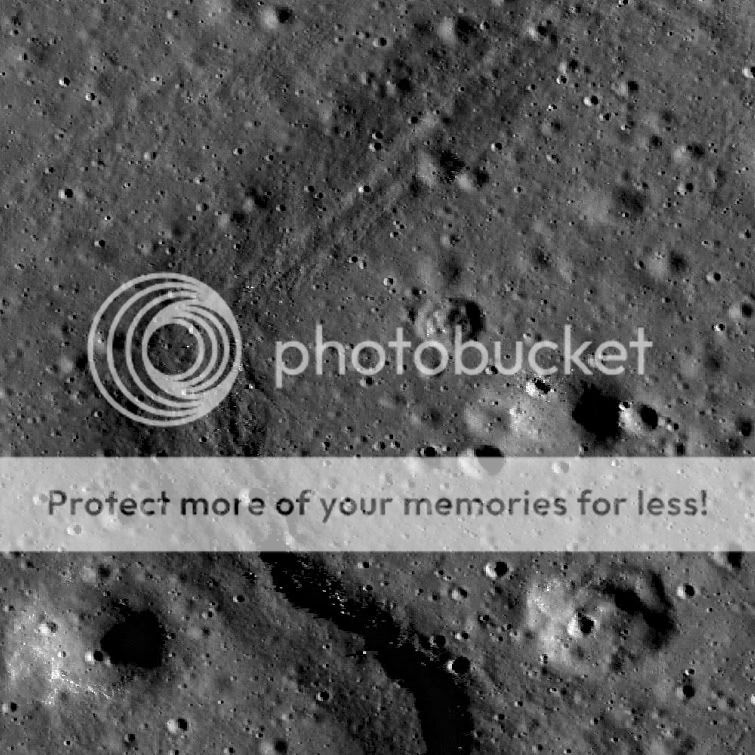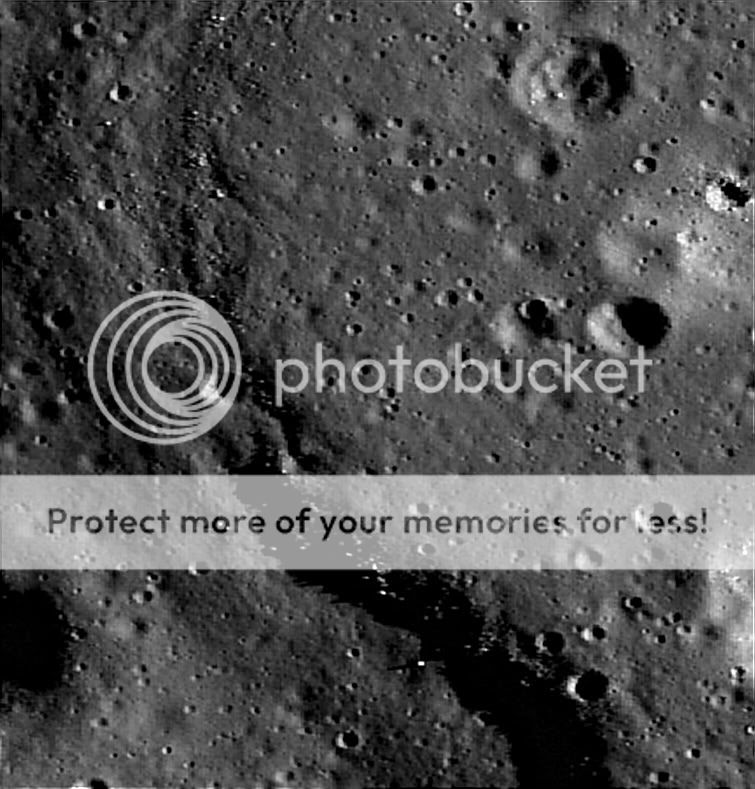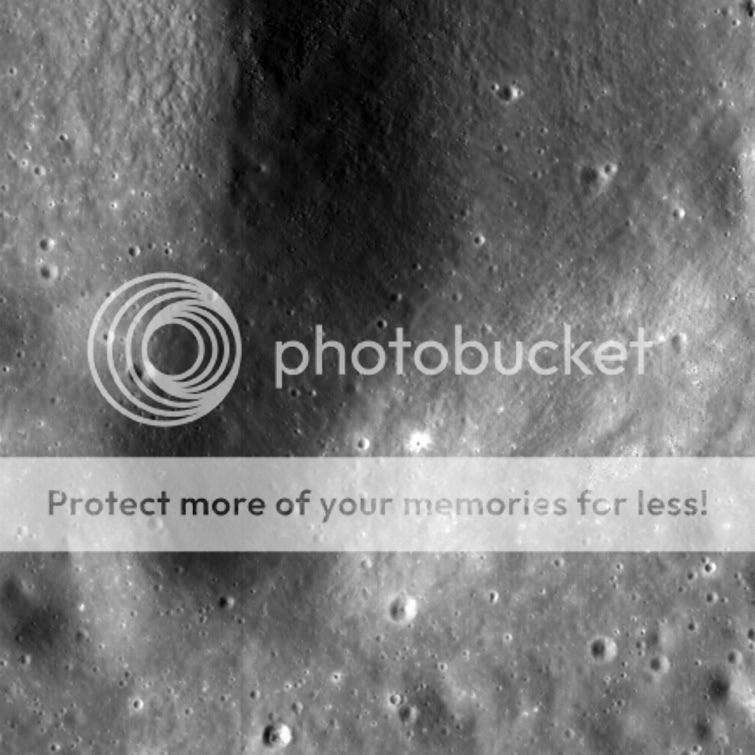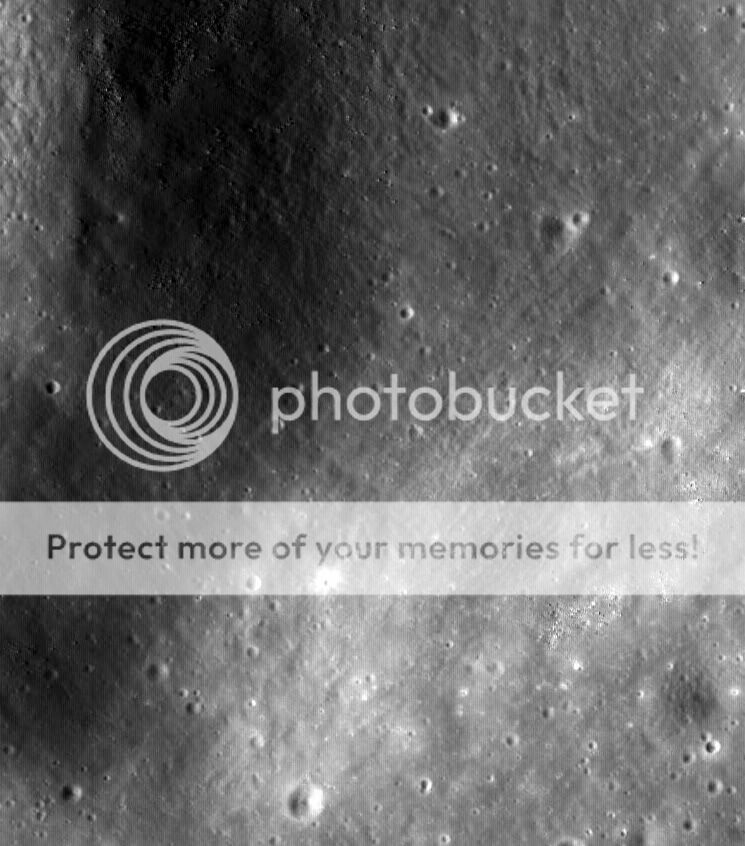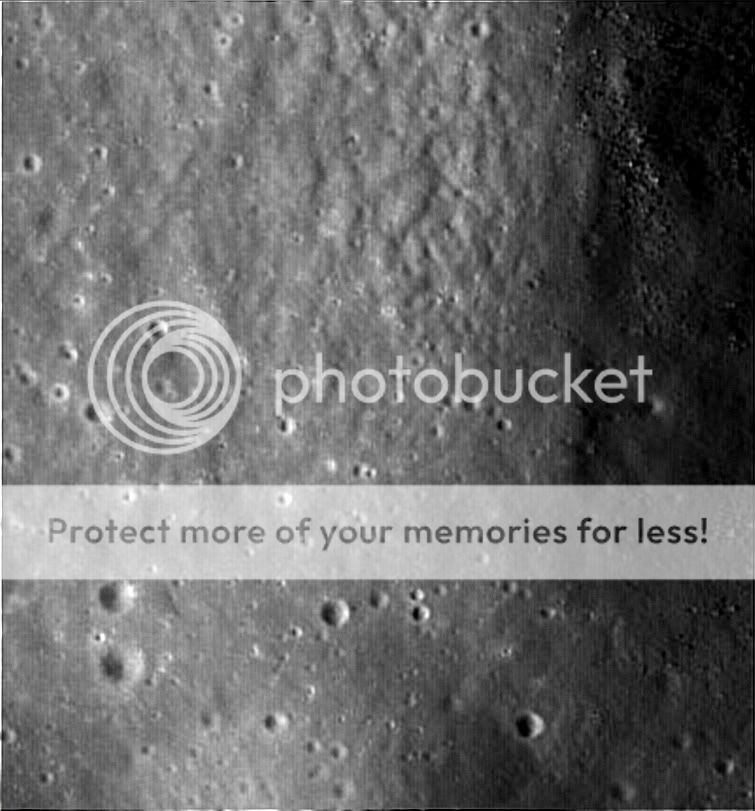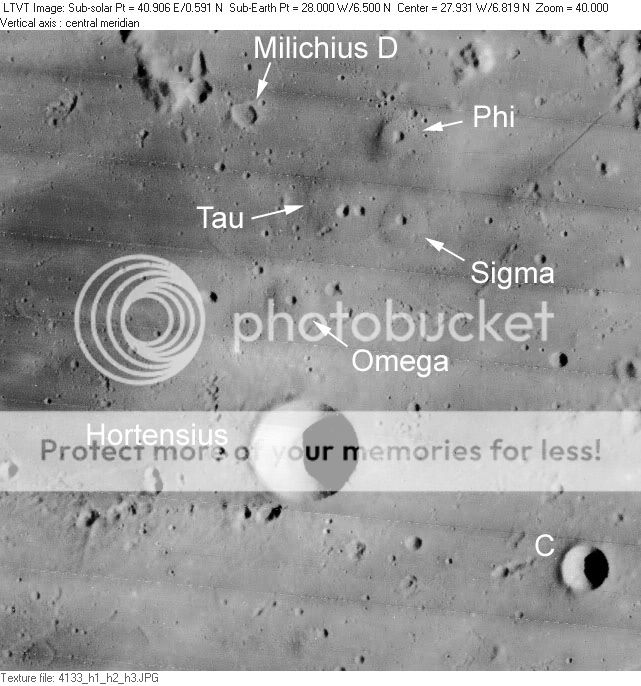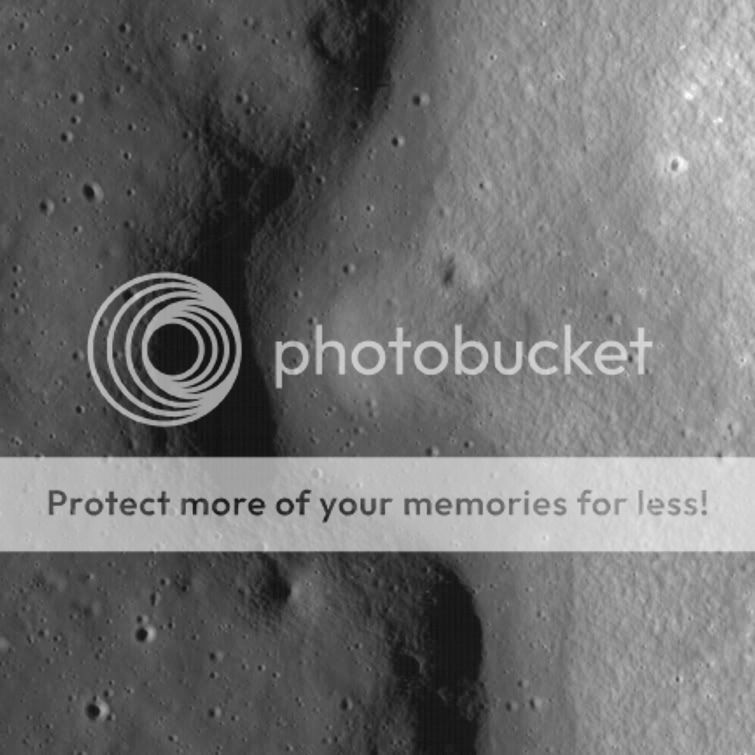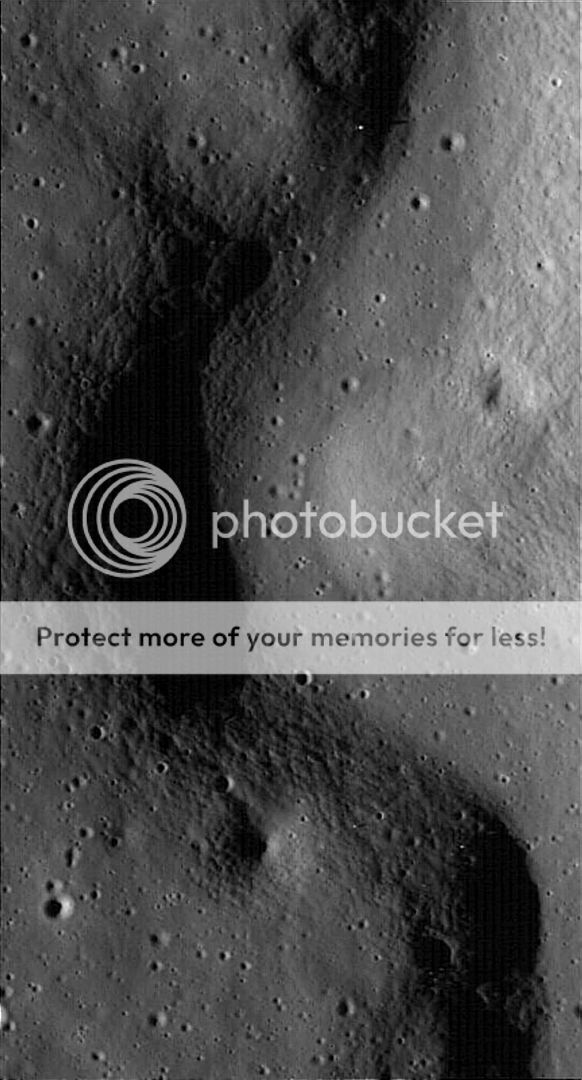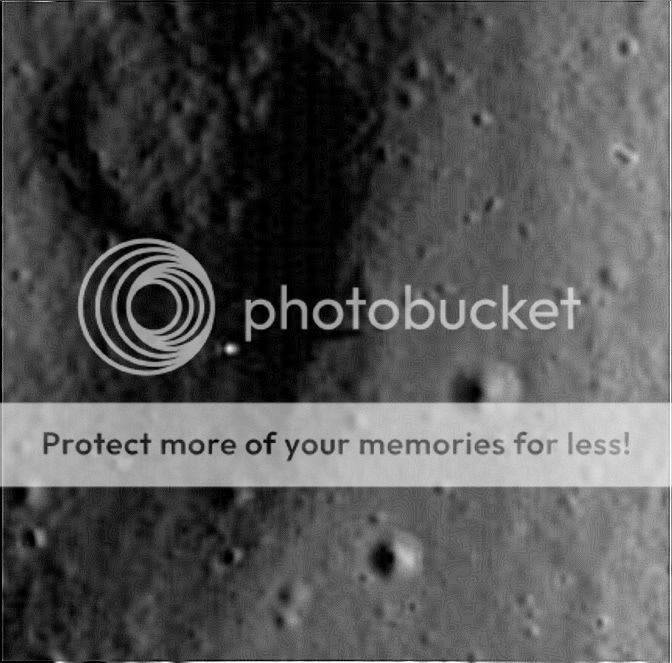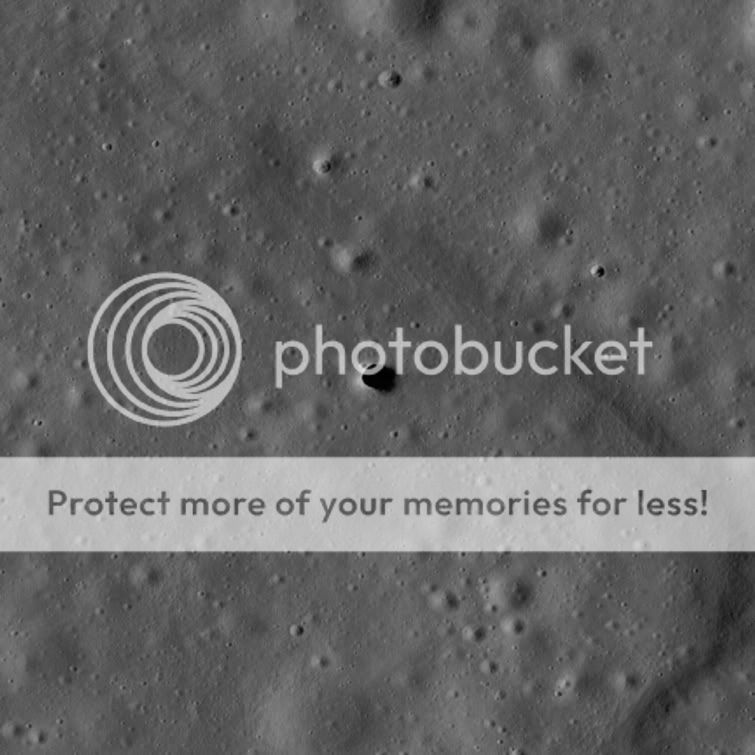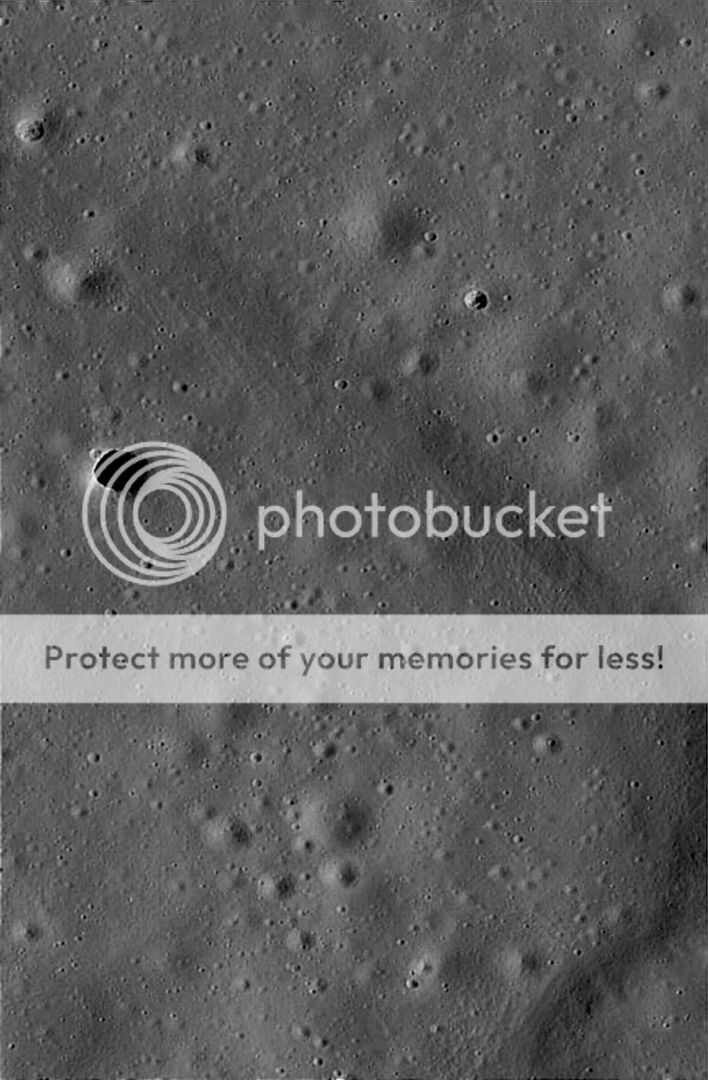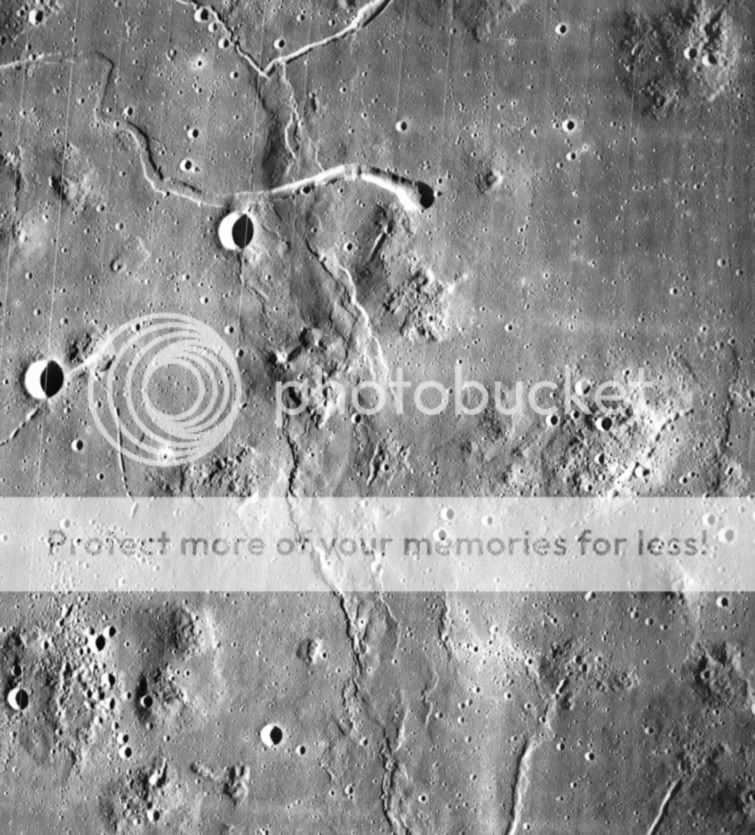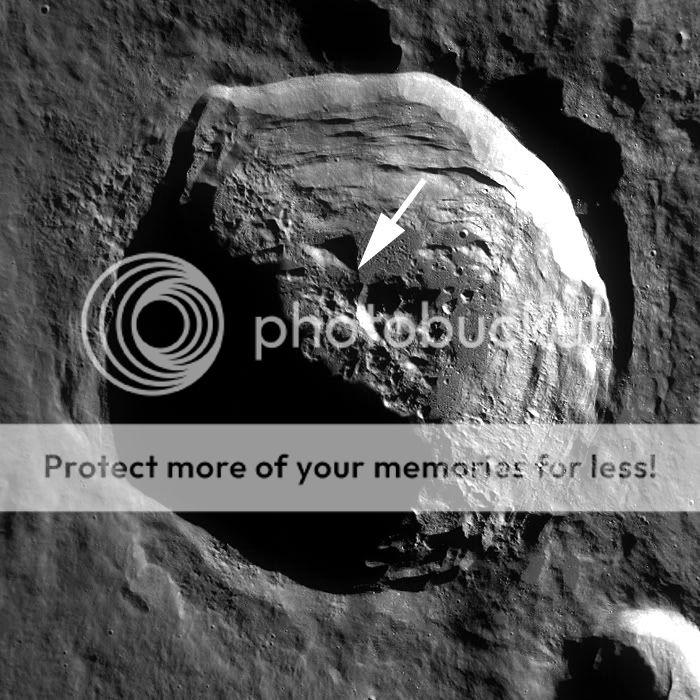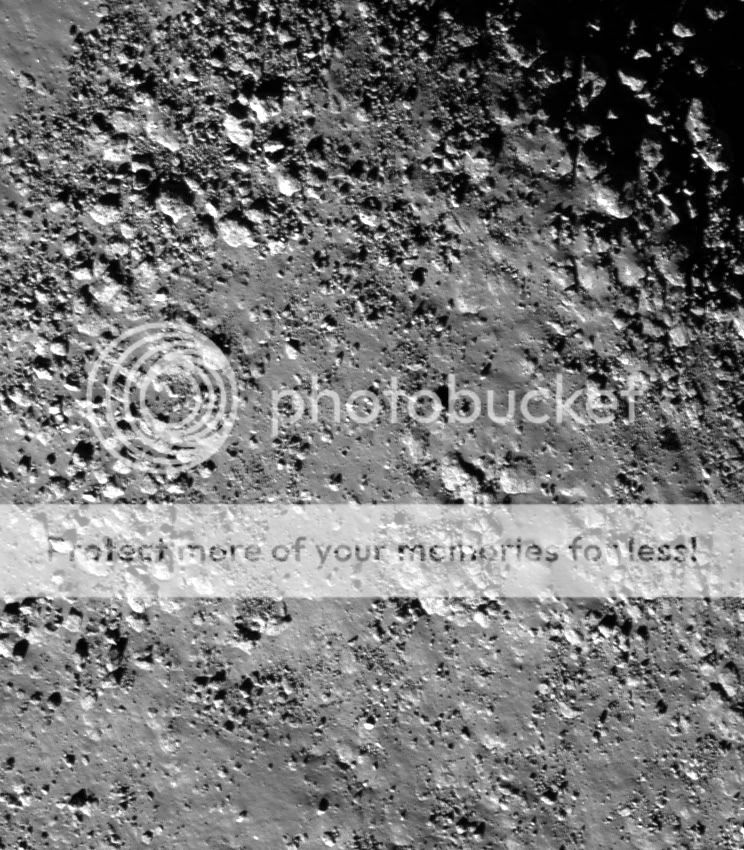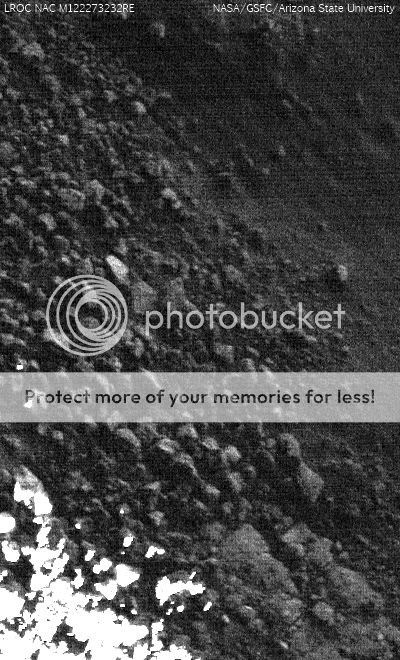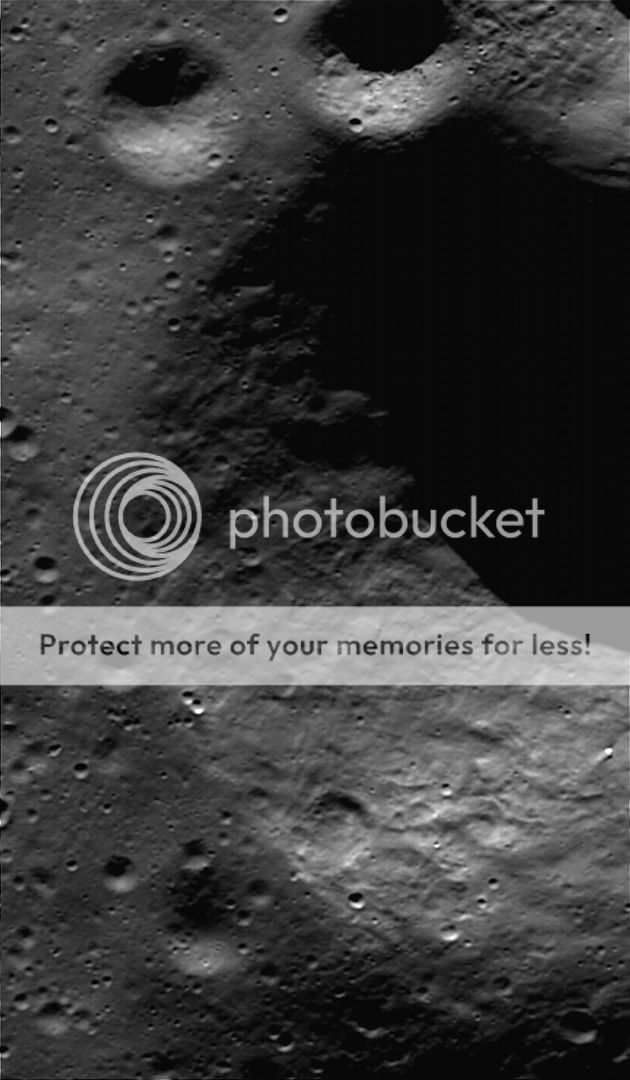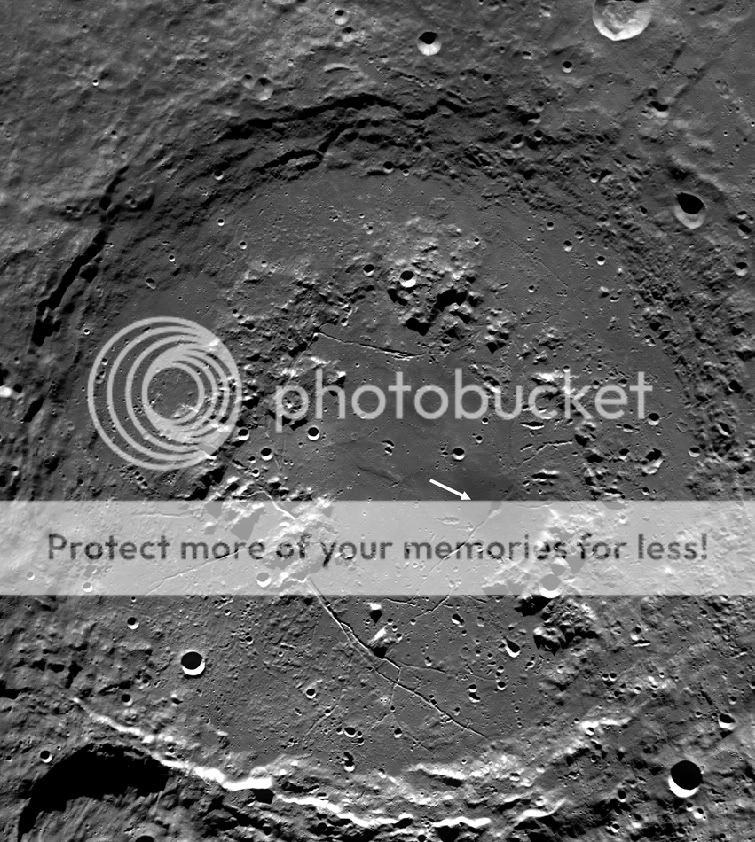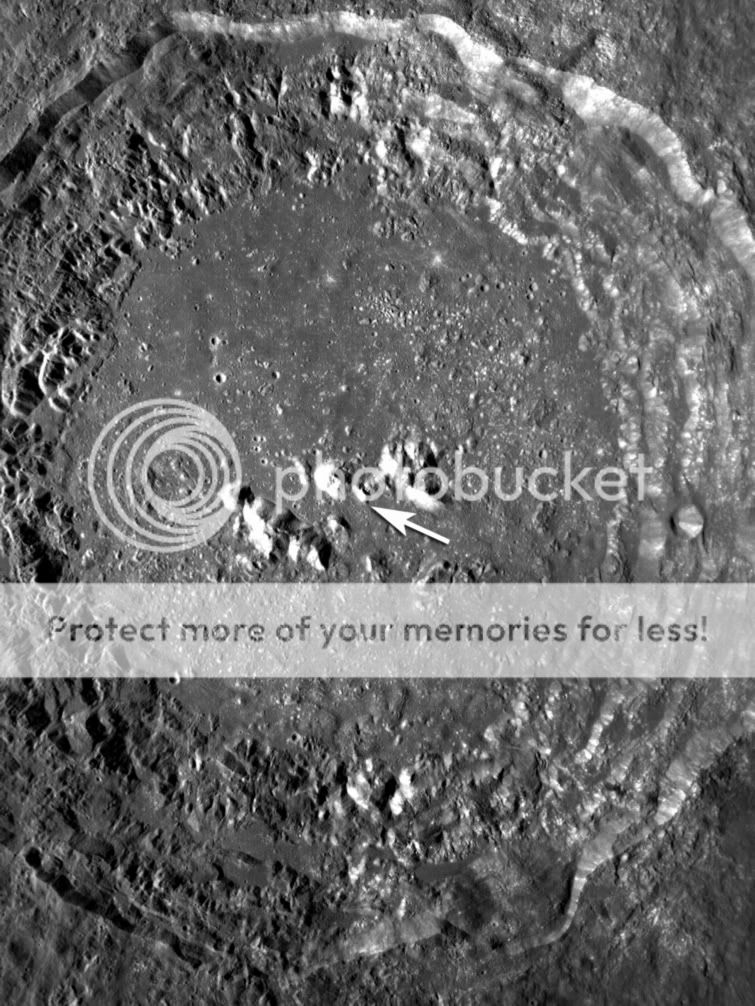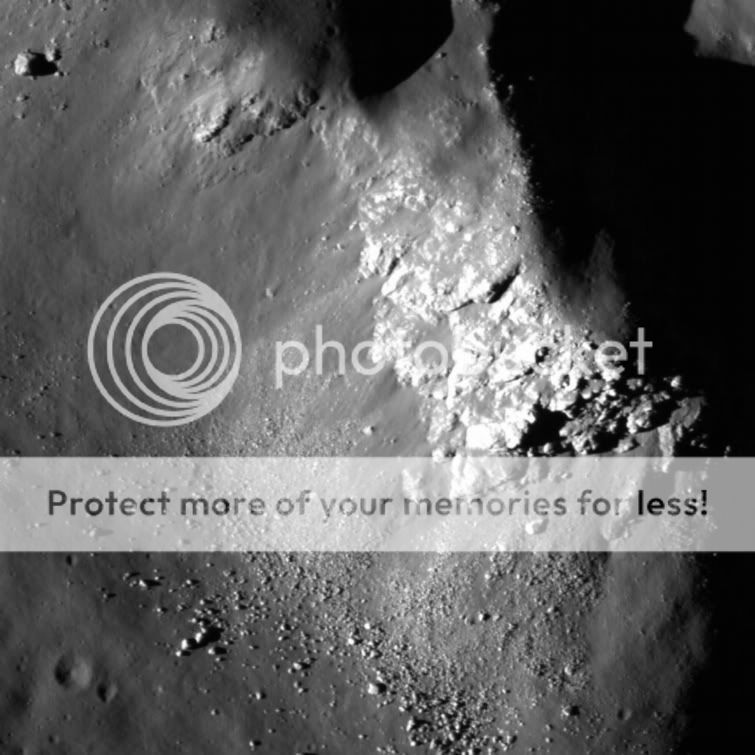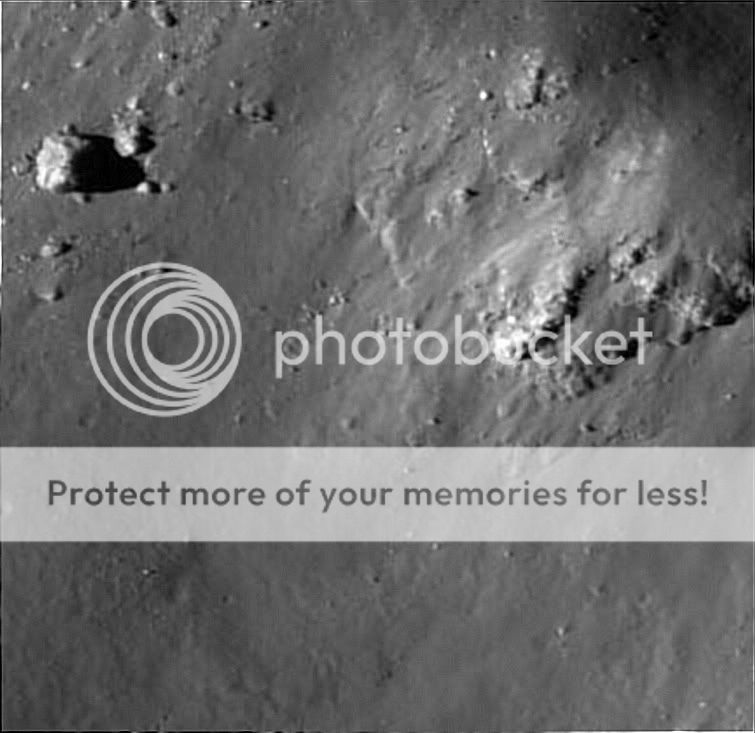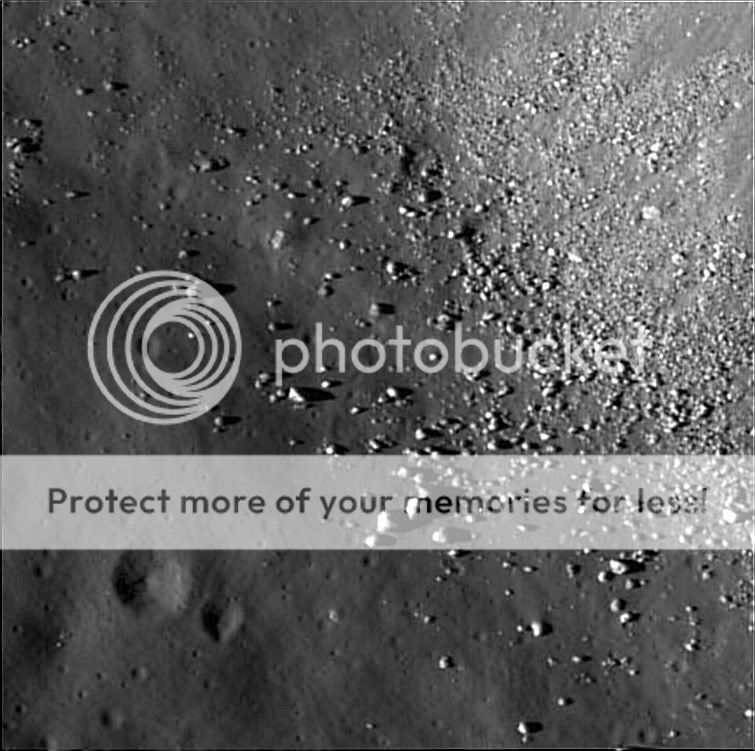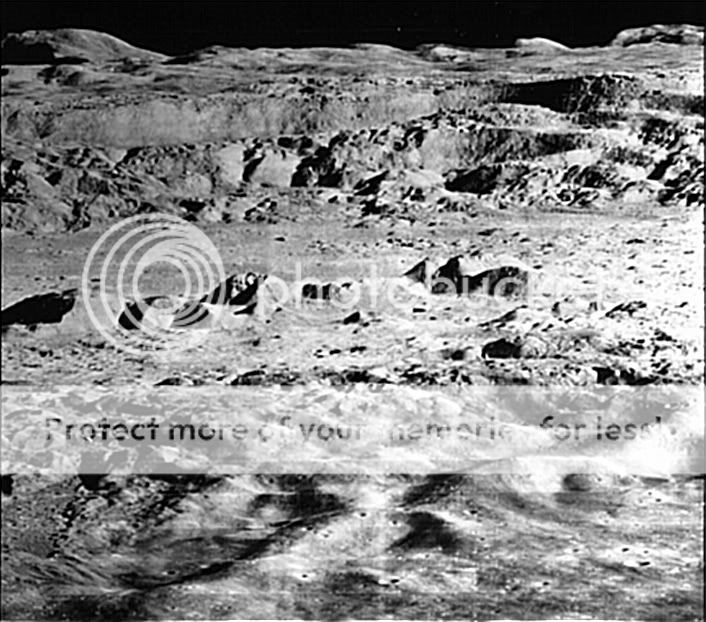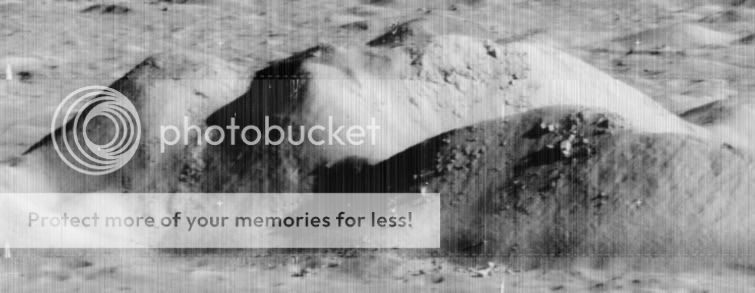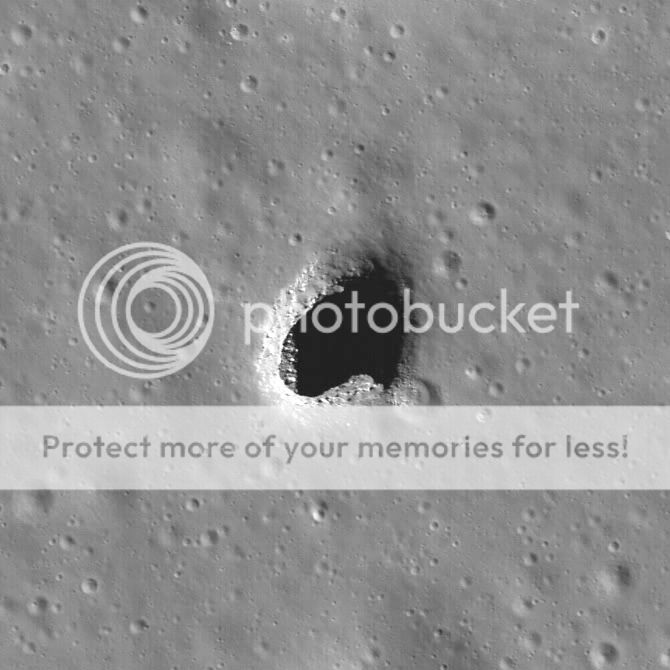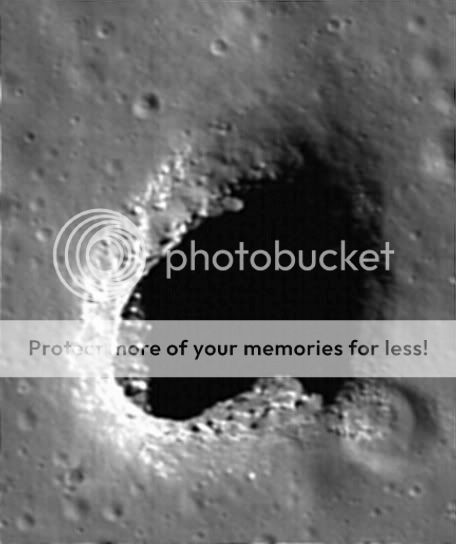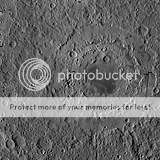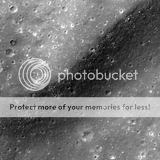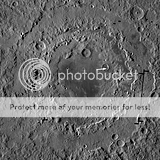3
3488
Guest
Re: LRO/LCROSS Mission
Hi Woggles,
What Wayne said is was what meant.
The Lunokhods closed their lids during the lunar night to keep the internal electronics 'warm'. On the lunar equator at sunrise, the surface temperature is approx 104 Kelvin / Minus 167 Celsius, & that's on the moon's equator!!!!!! In early lunar afternoon (approx 8 days after sunrise), the surface temperature can climb to approx 393 Kelvin / 120 Celsius.
The Moon has the greatest extreme of diurnal surface temperatures on a major solar system body after Mercury!!!!!!!
At higher latitudes, it gets even colder by dawn, not because the nights are longer, but because the surface does not warm up quite so much during the two week long lunar daytime.
Andrew Brown.
Hi Woggles,
What Wayne said is was what meant.
The Lunokhods closed their lids during the lunar night to keep the internal electronics 'warm'. On the lunar equator at sunrise, the surface temperature is approx 104 Kelvin / Minus 167 Celsius, & that's on the moon's equator!!!!!! In early lunar afternoon (approx 8 days after sunrise), the surface temperature can climb to approx 393 Kelvin / 120 Celsius.
The Moon has the greatest extreme of diurnal surface temperatures on a major solar system body after Mercury!!!!!!!
At higher latitudes, it gets even colder by dawn, not because the nights are longer, but because the surface does not warm up quite so much during the two week long lunar daytime.
Andrew Brown.



